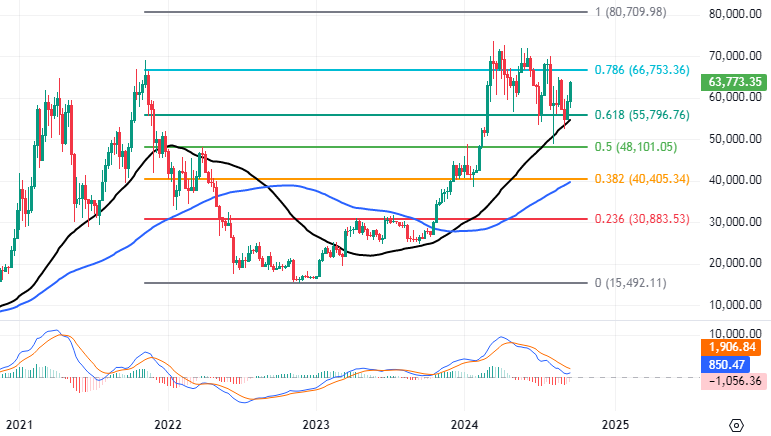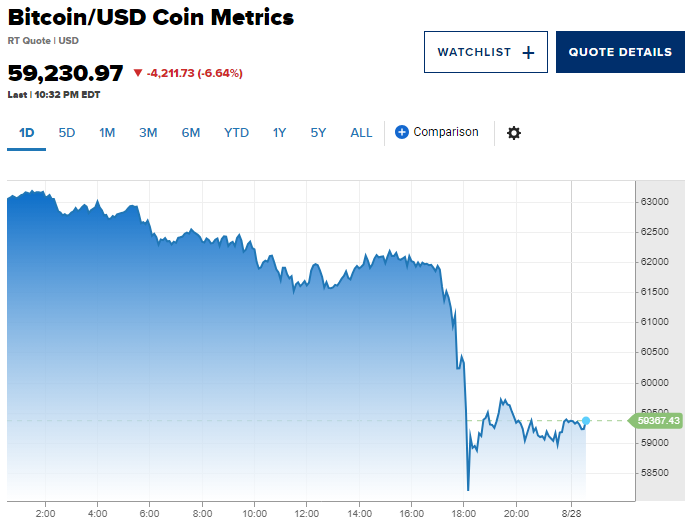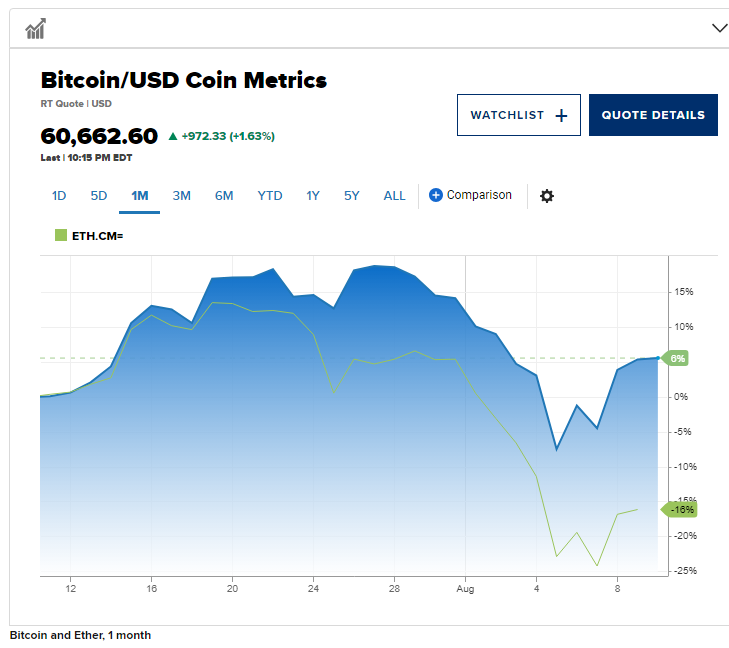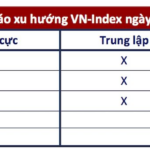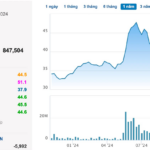Presenting the Government’s proposal, the Minister of Transport Nguyen Van Thang stated that the Gia Nghia – Chon Thanh expressway is part of the North – South Expressway in the West. It is a vital transport route, connecting the Central Highlands with the Southeast, Southwest regions, and Ho Chi Minh City.
“Investment in the Gia Nghia – Chon Thanh expressway will solve bottlenecks in transport infrastructure, create new development space, drive socio-economic development, and ensure national defense and security in the Southeast and Central Highlands regions,” the proposal clarifies.
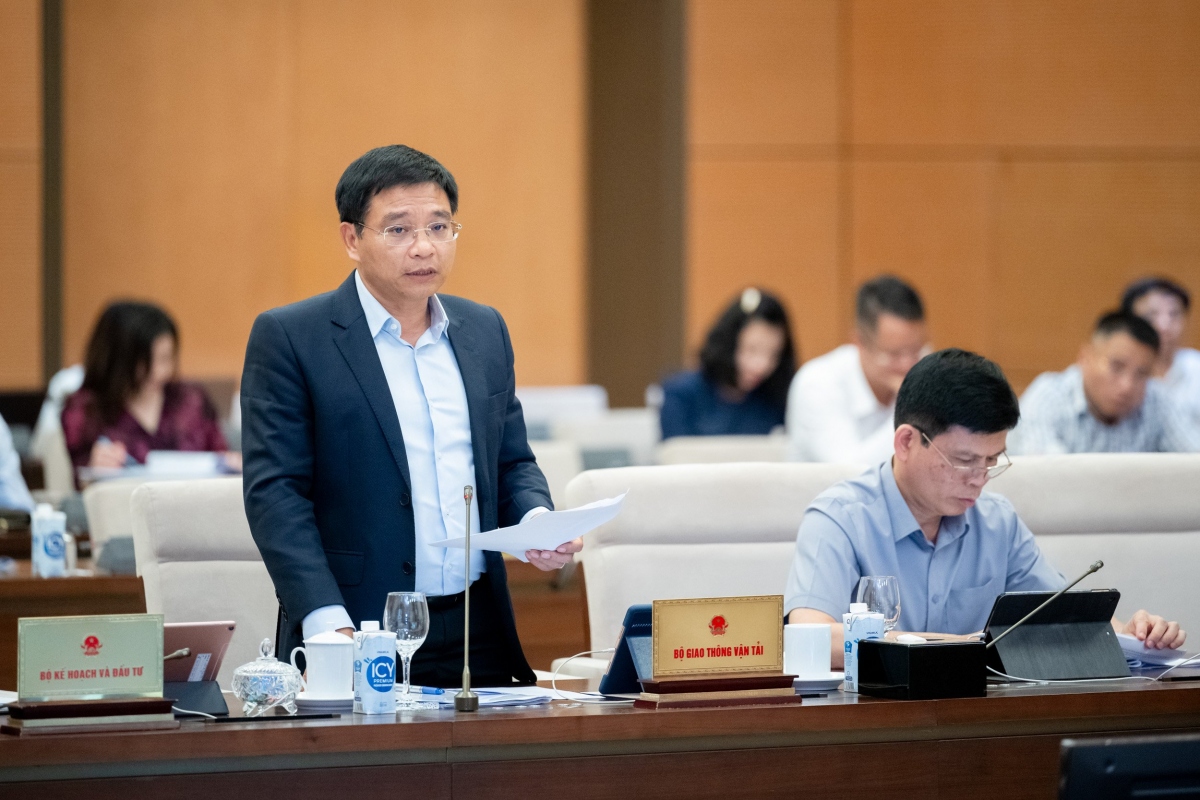
Minister of Transport Nguyen Van Thang
According to the plan, the Gia Nghia – Chon Thanh expressway will have a scale of 6 lanes. The initial investment phase with a length of 128.8 km (passing through Dak Nong province for 27.8 km and Binh Phuoc province for 101 km) will have a scale of 4 completed lanes, with land clearance for 6 lanes at once.
According to the Minister of Transport, the preliminary total investment for this project is approximately 25,540 billion VND, including 12,770 billion VND from the State budget and 12,770 billion VND from investors.
Regarding the State budget, the Government proposes that the National Assembly approve an allocation of 8,770 billion VND from the increased revenue and savings in regular expenditure of the 2022 central budget and 1,500 billion VND from the reserve fund of the medium-term public investment plan using the central budget capital for the period 2021-2025.
In the review report, the Chairman of the Economic Committee Vu Hong Thanh stated that the Economic Committee agrees on the necessity of investing in the Gia Nghia – Chon Thanh Expressway Project. However, it requests a clearer analysis of the costs of compensation, support, and resettlement, particularly those related to the conversion of forest and rice land use for the project.
During the review process, there were opinions that the proposal to allocate 1,500 billion VND from the reserve fund of the medium-term public investment plan using the central budget capital for the period 2021-2025 is “infeasible.” This is because the regulations stipulate that the above capital can only be used until January 31, 2026, while the project is expected to be completed by the end of 2026.
The review agency also requested clarification on the investment scope and route alignment. According to the Road Network Plan, the Gia Nghia – Chon Thanh section has a length of 140 km, while the Government proposes a total route length of approximately 128.8 km. Similarly, according to the plan, the project route alignment goes to the Northwest, but the proposed route alignment goes to the Southeast.
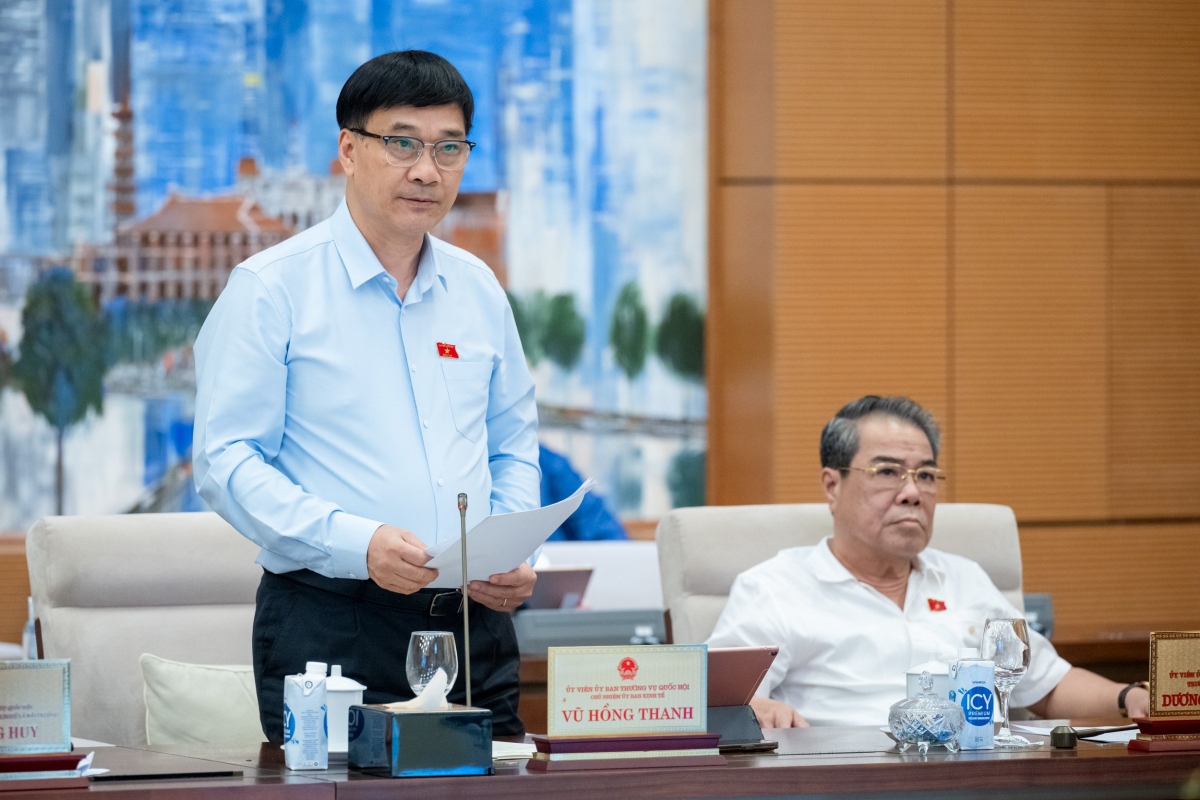
Chairman of the Economic Committee Vu Hong Thanh
The Government proposed investing in the Project under the public-private partnership model. The Economic Committee requested additional supporting documents to ensure the feasibility of the project and avoid situations where no investors are selected or credit capital cannot be raised, leading to a switch to public investment, which would extend the timeline and reduce investment efficiency.
In his explanatory report, Minister of Transport Nguyen Van Thang stated that the total length of the route was reduced because during the research process, the localities proposed changing the starting point of the project. This is also in line with reality, reducing the total investment, aligning with the financial capacity of both the State and investors, and still meeting the need for transport connectivity.
Regarding the route alignment, Mr. Thang argued that the plan did not specify it, and there were changes during the actual research. The consulting unit conducted a thorough review and assessed that the adjustment of the route alignment with the localities was highly appropriate. The Government has directed the two provinces to update the new route alignment in the planning for road infrastructure.
Addressing concerns about disbursement, the Minister of Transport acknowledged that the project’s capital is significant, so ensuring that the basic schedule is completed by 2026 is also an issue. Experience has shown that immediately after the National Assembly approves the investment policy, the localities must take vigorous action to ensure the conditions, including site clearance and resettlement.
It is also necessary to identify specific sources of materials in the pre-feasibility study report, including reserves, exploitation, and a review of procedural obstacles to mining operations to ensure sufficient construction materials; and to strictly control costs.
Regarding the feasibility of the PPP investment model, Mr. Nguyen Van Thang stated that, according to the financial analysis and experience of the Ministry of Transport, this project is relatively feasible because the State is participating, and the capital recovery period is only 18 years.
Expressing his opinion, National Assembly Chairman Vuong Dinh Hue emphasized that this is an extremely important project of strategic significance, helping to connect the Central Highlands with the Southeast, creating conditions for the development of localities in the region.
The Government and the Standing Committee of the National Assembly wanted to submit it sooner, but it was necessary to prepare thoroughly and ensure all factors were in place, which is why it is only now being considered for submission to the National Assembly.
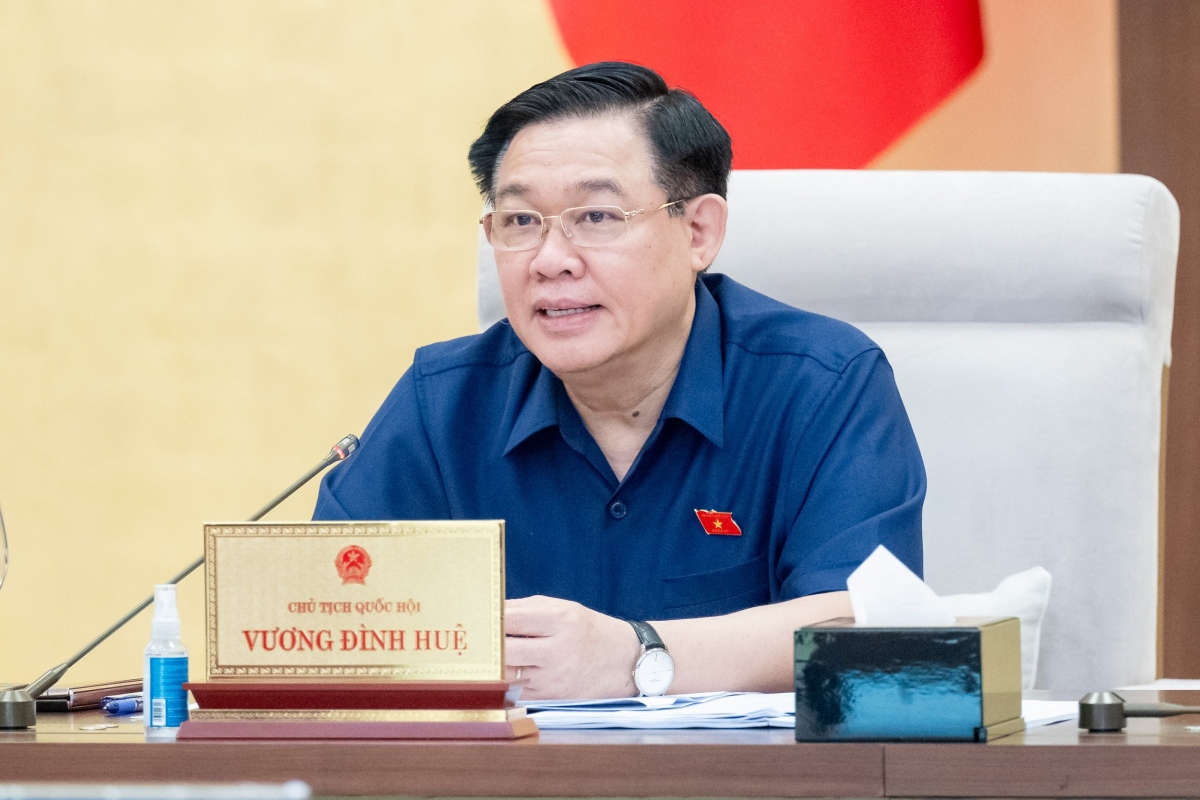
National Assembly Chairman Vuong Dinh Hue
“The preparation has basically been completed by now. I propose supporting the inclusion of this project in the agenda of the 7th session” – Mr. Vuong Dinh Hue emphasized, expressing support for the project’s investment policy.
In conclusion, Vice Chairman of the National Assembly Nguyen Duc Hai stated that the Standing Committee of the National Assembly agreed to submit the project to the National Assembly for consideration and decision on investment at the 7th Session; and at the same time, it requested the incorporation of the opinions, completion of the documentation, and further clarification of several issues raised by the review agency and in the opinions expressed at the meeting.






















